
New findings reveal aflibercept 8 mg enhances vision and extends injection intervals for nAMD and DME patients, reducing treatment burden significantly.

New findings reveal aflibercept 8 mg enhances vision and extends injection intervals for nAMD and DME patients, reducing treatment burden significantly.

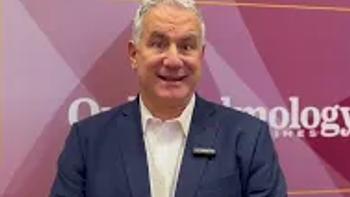

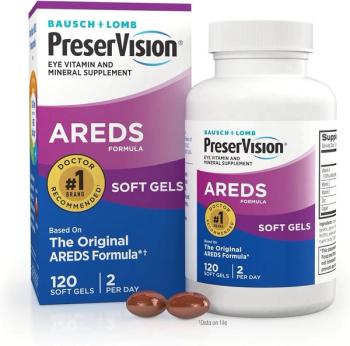
New research reveals AREDS vitamins do not slow geographic atrophy progression in AMD, urging patients to explore FDA-approved treatments instead.

Conflicting studies on GLP-1 drugs’ vision impacts prompt calls for baseline eye exams and monitoring.




Ophthalmology is leading the way in the development and use of artificial intelligence in healthcare. Leaders in the field discussed the whys, wherefores and what-could-bes at a session at the American Academy of Ophthalmology annual meeting.
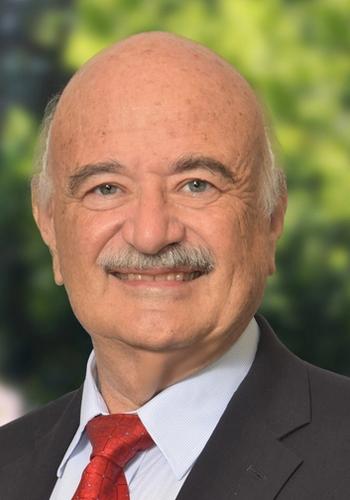
Alfredo A. Sadun, M.D., Ph.D., discusses two applications of AI in ophthalmology where AI far exceeds what a human ophthalmologist can do.

At the American Academy of Ophthalmology meeting, Andrew G. Lee, M.D., explained that El Nino and La Nina weather patterns — worsened by climate change — can worsen eye conditions such as dry eye, cataracts, infections and UV-related damage while also influencing disease outbreaks and access to care.
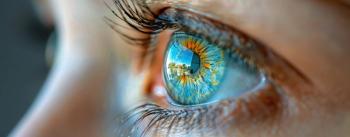
A study using AAO's IRIS Registry demonstrates Eylea HD 8 mg improves vision in treatment-naive patients with wet age-related macular degeneration or diabetic macular edema with previously treated patients extending dosing intervals two weeks.
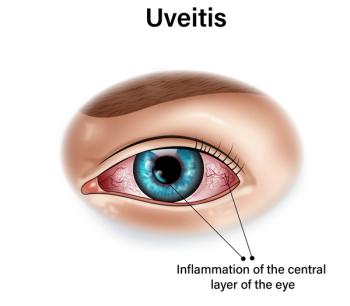
Patients receiving adalimumab for noninfectious uveitis also experienced fewer cataracts requiring surgery and better visual acuity outcomes compared with those on conventional immunosuppressive medications.
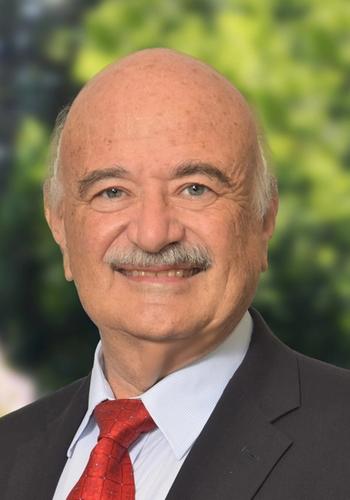
Medical specialities, such as ophthalmology, that rely on imaging are among the early and most successful adoptors of artificial intelligenc

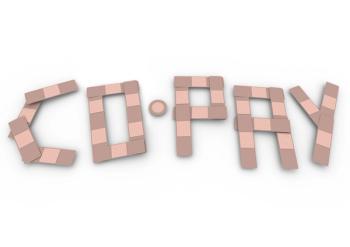
A new analysis has confirmed what doctors had said in a recent survey: loss of copay assistance for retina treatments can worsen vision as they switch to alternatives or delay treatment.

Retina specialists pushed for health awareness, professional independence and industry diversity at this morning’s American Academy of Ophthalmology session.

The AAO 2025 meeting ends Monday afternoon with presentations on possible ocular side effects from the GLP-1s.

Daniel Henick, M.D., an ophthalmology resident at Yale New Haven Medical Center, is raising awareness for pickleball injuries by encouraging players to wear protective eye gear during games.
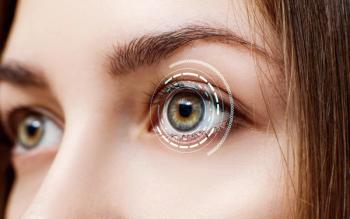
A panel of speakers demonstrated different ways technology and artificial intelligence (AI) could greatly expand access to glaucoma care.
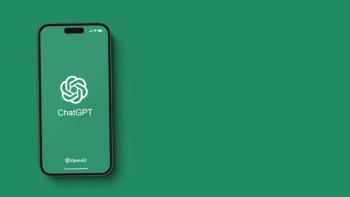
ChatGPT bested Google in a blinded comparison of their answers to common oculoplastic questions.

Changes have been proposed to the quality payment program that could have ups and downs, but not, perhaps for some, until 2029.
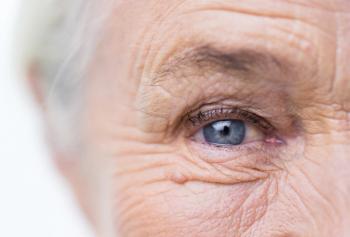
A new statistical models shed light on why some patients can extend the dosing interval with Eylea (aflibercept) from 8 weeks to as long as 20 weeks for neovascular age-related macular degeneration (nAMD) or diabetic macular edema (DME).
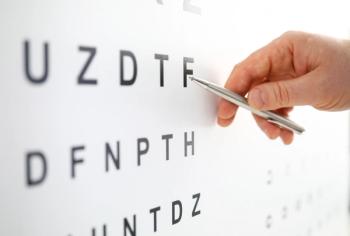
Subgroup analyses of the PHOTON trial show visual acuity gains across subgroups by race, baseline visual acuity and retina thickness.
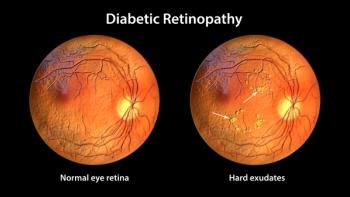
Clinical and other trials for GLP-1 therapies have found an association between these drugs and diabetic retinopathy complications in patients. But this could be an early worsening of disease unrelated to treatment.
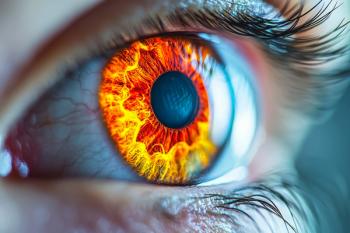
Data about higher doses that are injected less often come as the original 2-milligram dose of Eylea is facing an increasing number of biosimilar competitors.
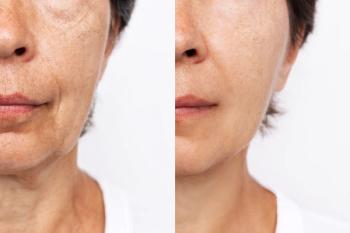
Rapid weight loss from the glucagon-like peptide 1 (GLP-1s) can reduce fat tissue in face that makes for a smooth, more youthful appearance, says AAO presenter.

In the threat versus opportunity session, Cecilia and Aaron Lee of the University of Washington staked out opposing positions.

Presenters at a myth breakers session at the American Academy of Ophthalmology took aim at some prevailing notions.